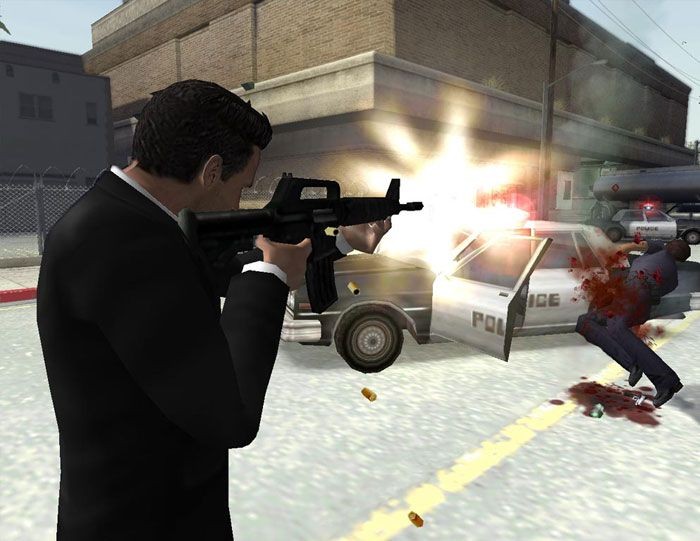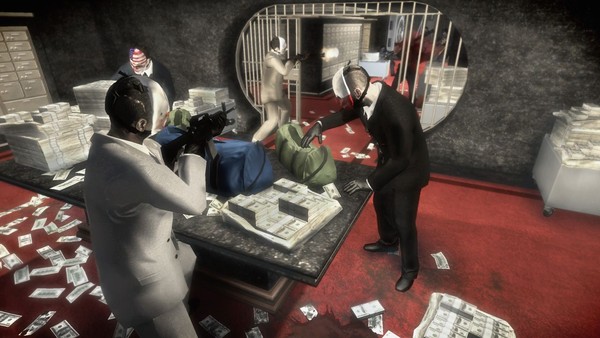“It’s payday, fellas!”
– Jim Hoxworth, PAYDAY 2
In the early 1940s, America was in the shadow of a new World War. The Reichstag had all but consumed most of the European front, and an embargo on trade in Japan would soon drive General Hideki Tojo to spearhead an attack on United States grounds. Additionally, the Great Depression, despite some mainstream markets making near-recoveries, was at its peak, driving unemployment sky-high, and plummeting the standard of living right to the pits.
Understandably, it is precisely why in this climate certain entertainment ventures began to flourish. In the 30s, most movie-goers flocked to such films like King Kong and Gone With the Wind, horror films and melodramas were the order of the day for the general audience. However, by the early 40s, a new genre had emerged that would sell out venues night after night. Gone were the makeup-heavy Frankensteins and “pretty-boy” actors, the special-effects-made monsters and glitzy starlets. Instead, people opted for the hard-nosed, gun-toting wiseguys and sultry “dames”. Overdramatic acting and penny-novel romance storytelling would instead be replaced with hard-boiled characters and two-fisted tales of mystery, betrayal, and revenge. The film noir genre was a hit, and stayed a hit for the better part of two decades.
However, film noir, itself inspired by pulp crime novels and detective comics, would also generate another genre within itself: the heist film. Starting in the mid to late 50s (around the downturn of the film noir era), movies like Stanley Kubrick’s The Killing and John Huston’s The Asphalt Jungle would serve as the groundwork for the genre as a whole, and would even follow into later decades with films like It’s A Mad, Mad, Mad World (the first ‘comedic’ heist film) in the 1960s, The Taking of Pelham One Two Three (a subway train heist) in the 70s, Die Hard (a heist film from the cop’s perspective) in the 80s, and the ever-famous Reservoir Dogs in the 90s, which shows only the aftermath of the heist, with the actual heist itself only being shown in the video game adaptation released a decade later.

Typically, the heist film involves group of people working to steal a large sum of money, jewels, or anything else valuable using intricate planning and tactics. These people are often career criminals, though in certain cases they can often be regular people or even members of the police themselves. Their motives differ from person to person, and attitudes and even allegiances can be shaky at best, but the goal is singular.
What’s shown in the regular heist film can be broken down into three parts:
- Group A needs money for Reason B
- Group A plans heist of Object C from Bank D/Group E/Place F
- Group A succeeds/fails/survives attempt at retrieving Object C

Reasons for the heist, as well as the method of execution, target object, and where the heist will be held all differ, but the layout is essentially the same.
For this reason, I’ve chosen to look over three films that follow this layout to a T, while also differing in every other aspect related to execution and motive, and explain how, despite their differences, each can be considered the same movie.